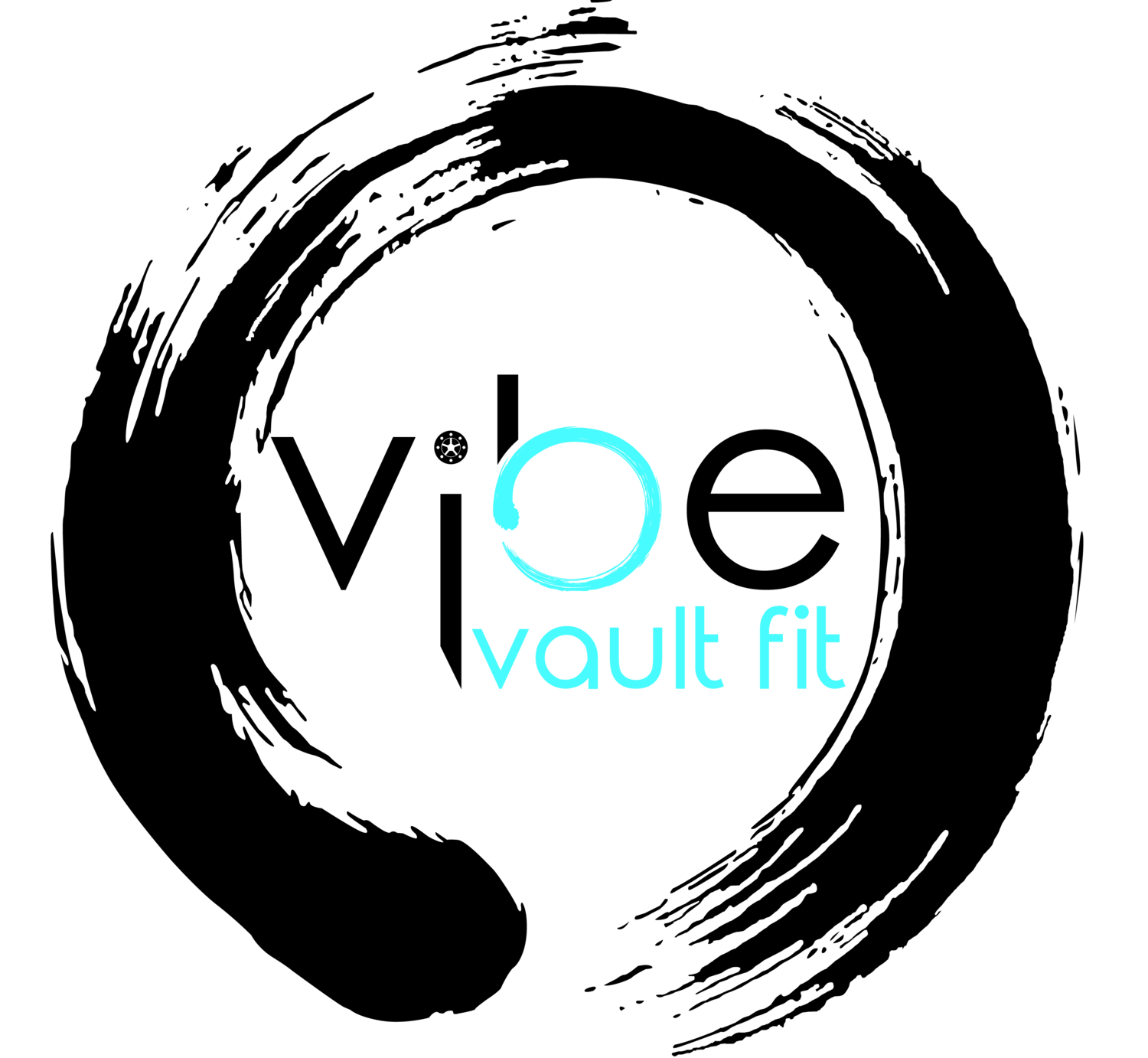What Do You See?
There’s an old children’s book by Bill Martin Jr. and Eric Carle called Brown Bear, Brown Bear, What Do You See? “Brown Bear, Brown Bear, what do you see? I see a red bird looking at me.” Each animal sees another looking at them, until it comes full circle, to a group of children seeing all of the animals.
It is a great way to build reading habits, to observe patterns, to teach animals and colors, and it’s a very creative way to engage children in their lifelong learning journey.
But why, you may be asking, am I talking to you about a childrens’ book?
Well, because I think that, even once you know your animals and colors, even when you know how to read independently, even when you know how to both follow and construct a pattern… this book still has lessons that we all should be learning.
Dear friend, dear friend, what do you see?
Lonely soul, lonely soul, what do you see?
Human navigating an ever changing world in trying times, what do you see?
We live in a world that is both overstimulating and oversaturated with sensory input. Information in all shapes and sizes is thrust at us at an unmanageable rate from every conceivable direction. News, social media, entertainment, emails from schools and jobs and businesses, “ACT NOW!” and “DON’T MISS OUT!” screaming at us at all times, filling our heads with what we need to do, be, see, and have.
You would think that this much information would help us to see more clearly, to truly identify what it is we want or what we need. But the truth is, in this state of information overload, it’s actually made us more blind to what is right in front of us.
We are blinded by expectations - our own, our friends and family’s, the world’s.
We are blinded by judgment - real or perceived, our own and that of others.
We are blinded by comparison - comparing our inner truth to some external, curated image.
We are blinded by misinformation and rhetoric, rampant in a world where anyone with a keyboard or phone can present any idea or opinion as fact.
In a world where we have visibility into more and more, it seems we are actually seeing less and less. In some cases, we’ve lost the forest for the trees. In others, we’ve lost the trees for the forest. But the truth is, one without the other is an incomplete picture, and will lead to more misunderstanding than clarity.
This isn’t a new concept, and it isn’t a purely theoretical one. The human brain has always had to work hard to give us a complete picture so that we can make decisions in this world. Perceptual completion is the brain’s process of filling in the gaps between what we can see and what we cannot. The brain calls upon memories and experiences to fill in the spaces that are hidden or obscured to us in the moment.
As we go through life, and as we see and experience more things, it expands our brain’s library of images, thoughts, and feelings available to us to fill in these gaps. But the truth is, sometimes it doesn’t work that way. Sometimes, that library of images or thoughts or feelings can limit our perception of what is actually right in front of our eyes. It fills in blanks that aren’t actually… blank. It leads us to see, hear, feel, or experience things in life only in the ways in which we are prepared to do so. Only in the ways that fit in with the library in our brain.
This is why two people can look at the same photo or video or incident and come away with vastly different retellings. What we see is based on what we have seen in the past. How we perceive a person, place, photo, thing, or experience is largely influenced by our history, our trauma, our environment, and our own unique library in our own unique brain.
Sometimes this looks like us creating an entire backstory for a person based off of a single conversation or a few social media posts, where our brains fill in the pieces that work for the narrative that we have created about the world.
And sometimes this looks like us not noticing a friend’s new haircut, shirt, or tattoo, because when we catch a glimpse of them, our brain fills in the gap of what we “should” see, regardless of what they actually look like in the moment.
So I ask again.
Dear friend, dear friend, what do you see?
Now look again. And maybe even one more time. What do you really see?
Because the picture can change depending on your perception. But maybe that’s what allows us to appreciate it so much.

